4 Kind Rod Straightening Machine: How To Use
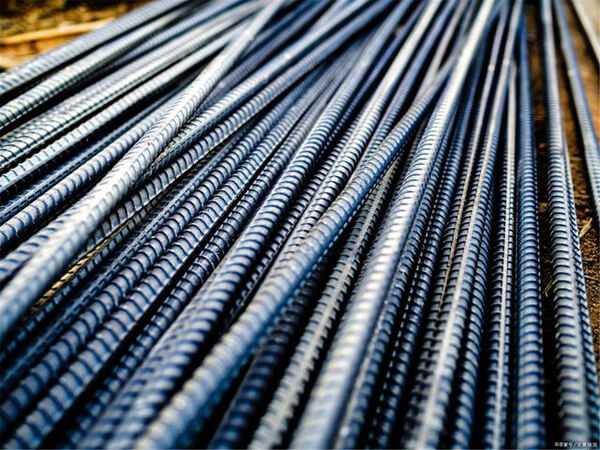
There are a number of factors that lead to size inadequacies, including insufficient control methods and procedures in steel rolling and cooling, the inevitable impact and extrusion during transportation, and many others.
As part of the rod straightening process, residual stress, up and down bending, side bending, torsion, and other flaws are eliminated, as well as gnawing, crack corrections, and marking of corrections.
Four types of rod straightening machines have been discussed in this article.
Contents
Straightening Machine For Small Diameter Rods
It’s a machine that straightens twisted or scrap wire, as the name indicates it is suitable for small diameter rods only. It has a Straightening capacity of Ø2mm-Ø5mm. It is powered by a Straightening Motor of 3Kw. It has the following main features:
- Bent wire or discarded wire in any form: Not only can it straighten the forms shown above, but it can also straighten any bent bar, scrap bar, or most scrap shapes.
- Reduction gears box for rebar: This is a tiny reduction gearbox; it requires 0.5kg of machine oil before use, and the oil hole is indicated with a yellow line.
- Wire hole for import: The input wire is here, and the security strip (depicted by the yellow line) may be moved left or right to adapt to various channels (channel on rollers, which adapt for different wire diameters 2mm-5mm)
- Rollers for straightening wire: The wire straightener roller and frame will roll at a fast speed when the machine is running, and this equipment is used to straighten the wire. Adjust the two bolts on the other side for improved straightening performance for varied diameter wires.
- A wire hole for export: These two rollers pull straighten wire without the need for human intervention.
Straightening Machine For Medium Diameter Rods
It’s a machine that straightens bent rebar, scrap rebar, twisted rebar, and other types of rebar. It has an accuracy of 85 percent or higher when it comes to straightening.
It has a Straightening capacity of Ø6mm-Ø14mm. It is powered by a Straightening Motor of 5.5Kw. It has the following main features:
- Bent bar in any form: Not only can it straighten the forms shown above, but it can also straighten any bent bar, scrap bar, and most scrap rebar shapes.
- 6mm-14mm diameter input holes: It contains 5 input holes that are passed through varied diameter steel bars ranging from 6mm to 14mm, mark stickers that display hole capacity, and it’s very simple for a non-skilled user.
- Cutting-edge technology: It features a cutting facility that can cut a twisted bar head; if putting a twisted bar into the hole is difficult, use the cutting facility to remove the twisted bar head.
- Rollers for compression: The compression rollers are controlled by two wheels; adjust the two wheels to suit a satisfactory straightening performance.
- Reduction gears: This is the oil hole cover; before running the machine, it is necessary to input 5kgs of machine oil. The reduction gears box provides a powerful traction source.
- Roller for traction: This facility is utilized to gently straighten out traction bars, saving human effort.
- For the straightening unit, there is an electric motor: Connect three phase electric power into the junction box for this 5.5Kw electric motor, and check sure it’s safe.
- The cutting facility uses an electric motor: This is a 2.2Kw electric motor with a three-phase power line. Connect it to the power source and double-check for safety.
Rod Straightening And Cutting Machine (Horizontal Type)
t is a CNC-powered machine that can work greatly with rebars of larger lengths. The machine is an expensive alternative to the previous two machines. However, it brings in the capability of speed and automation.
How to use it
One operator is all that’s required. Use the machine by following these procedures.
- The lubrication applicator feeds the rebar through, coating it in an even layer of lubricant.
- The lubricated rebar is next carried through the profile section, where a roller belt reduces the diameter of the rebar while increasing its tensile strength.
- The rebar is then rolled via profiling rollers, which also apply the reinforcing profile to the rebar. The rod is straightened after profiling by running it through the spinner or rollers.
- After that, the rebar is profiled and straightened before being cut to length using a flying shear and discharged into the runout and receiving trays.
Rod Straightening Cutting Machine (Vertical Type)
Rebar straightening and cutting machines are meant to be stand-alone lines for high-speed manufacturing of straightened and cut rebar. These machines are well-built and come with a variety of payout choices (DIN or Motorised Rotating Platforms) to accommodate the rebar’s presentation.
How to use it
One operator is all that’s required. Use the machine by following these procedures.
- A set of feed wheels feed the rebar through the twin rotor assembly before it is chopped to length in a high powered shear. The feed and spinner drives are gear boxed to assure that the straightening angle stays consistent under all conditions, resulting in outstanding rebar straightness.
- The cutting length is programmed directly into the CNC panel, which is driven by a microprocessor, resulting in the exact length of produced components.
- Straightened and chopped rebars leave the runout and are dumped in little bundles from the straightener.
- Hydraulics are used to power the machine.
Conclusions
Straightening wires and rods are required almost at every construction site. In this article, we have discussed two types of machines for straightening rods of small diameters (wires) and large diameters.
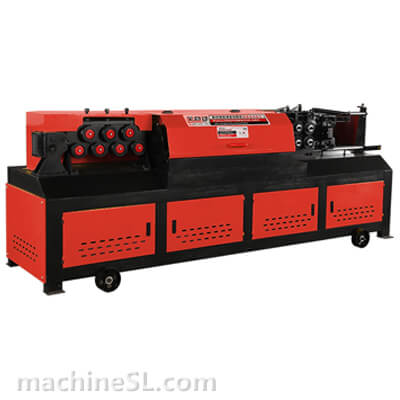
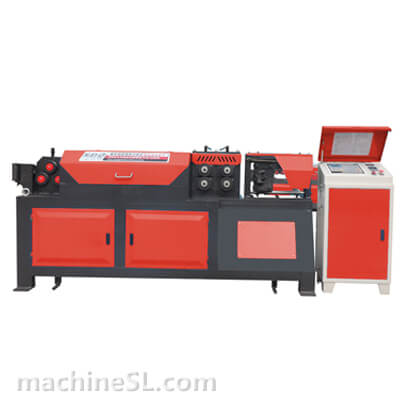
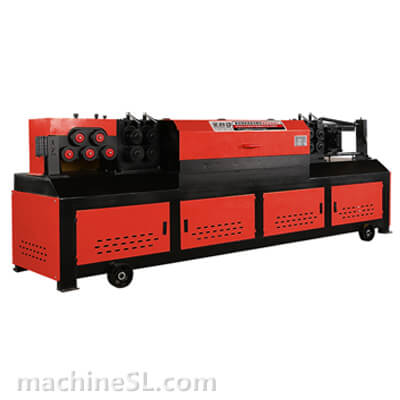
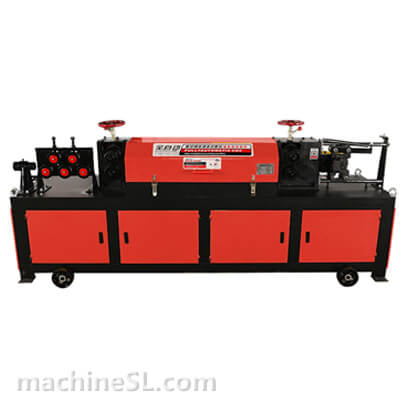
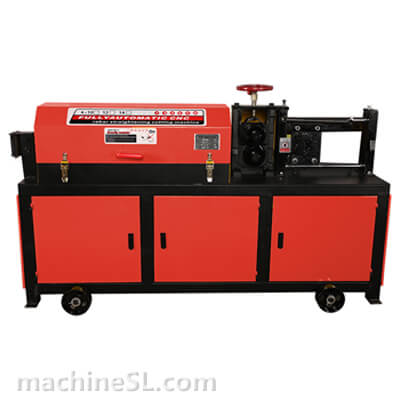
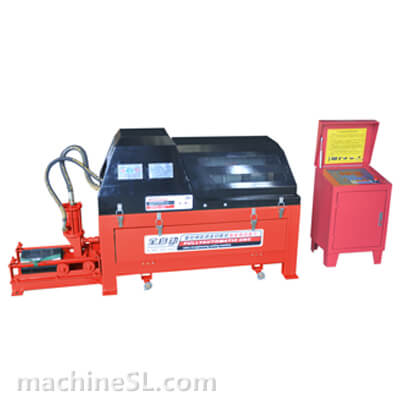
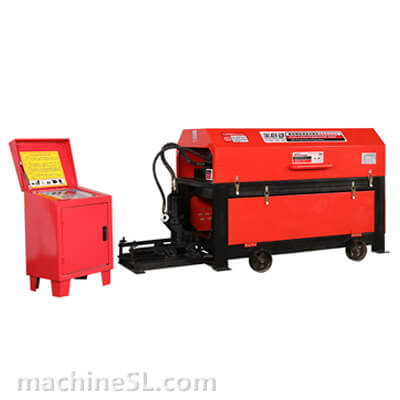
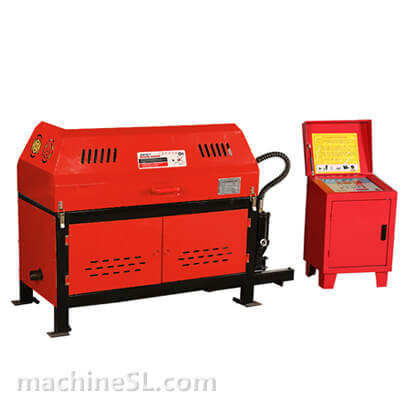
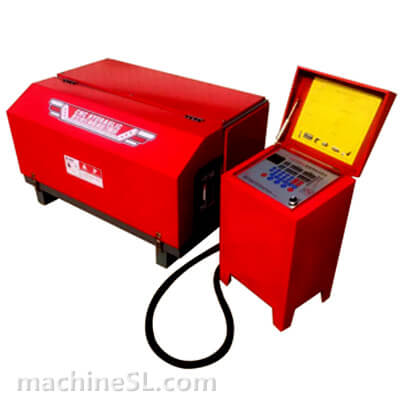
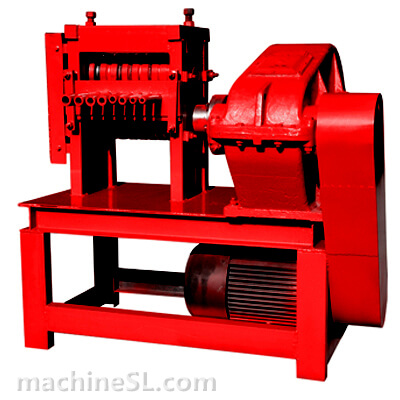
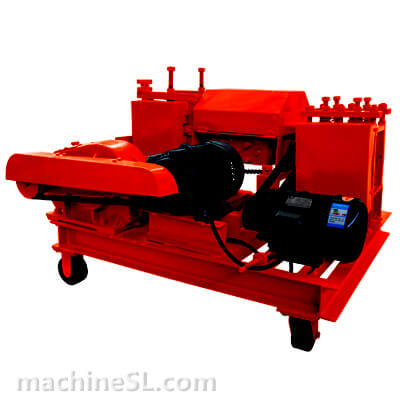
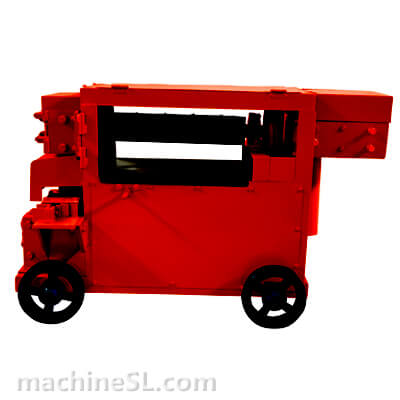
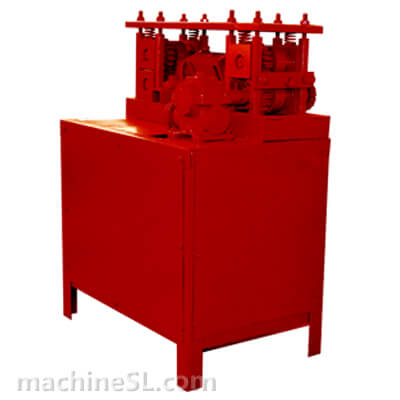
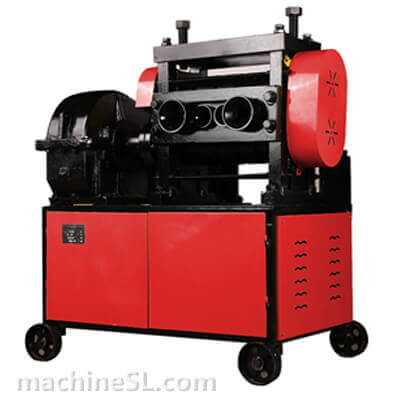
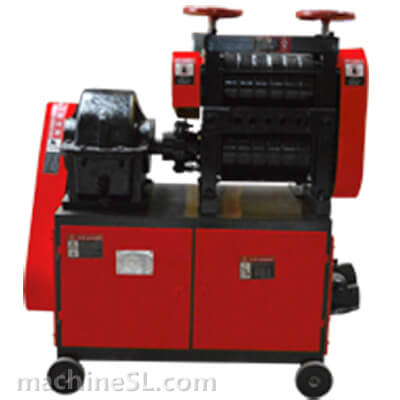
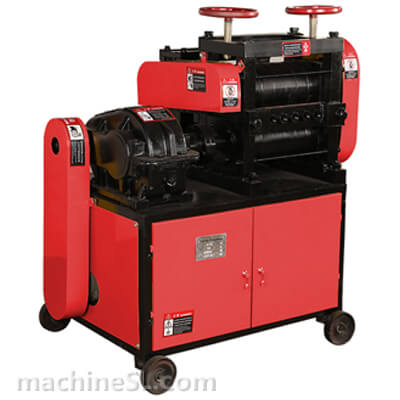
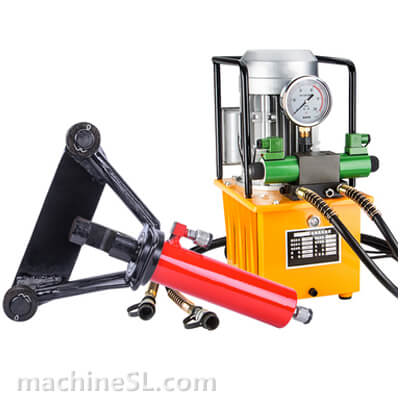
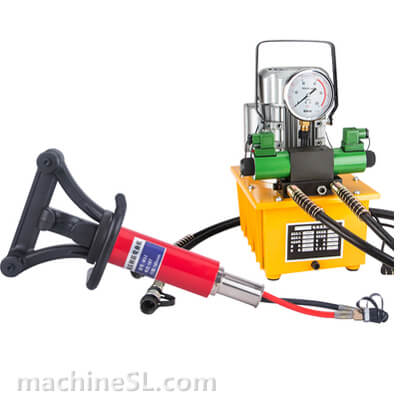
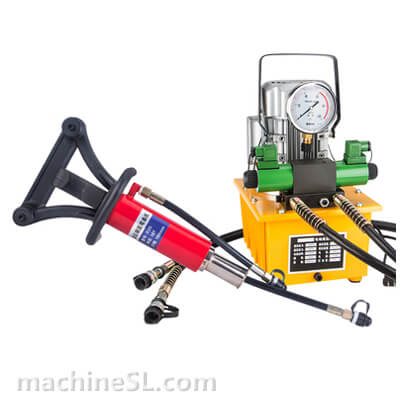
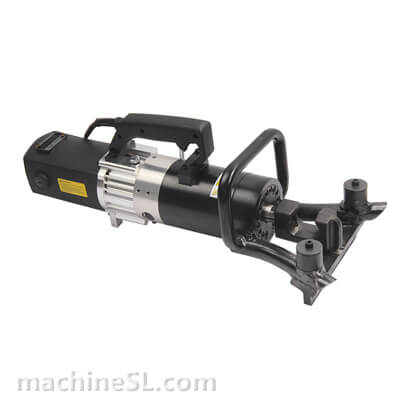
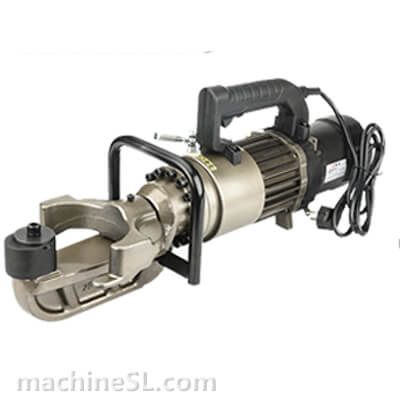
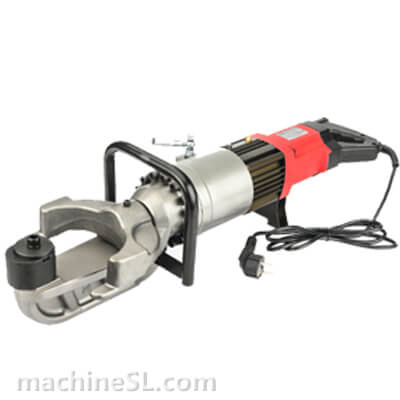
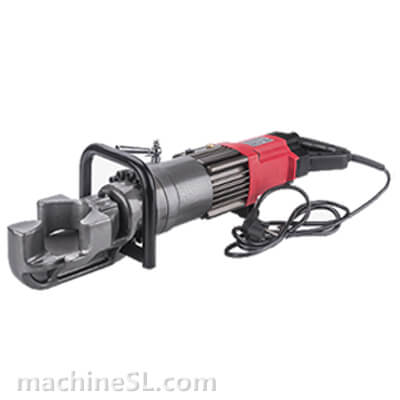
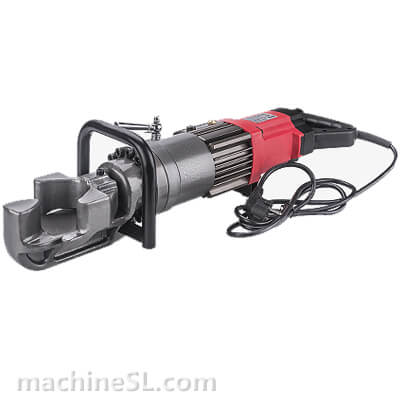
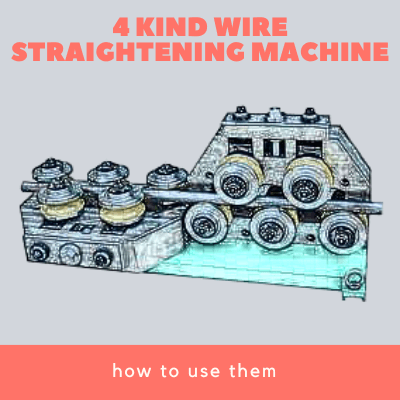
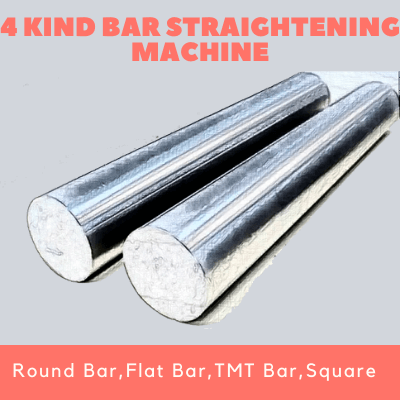
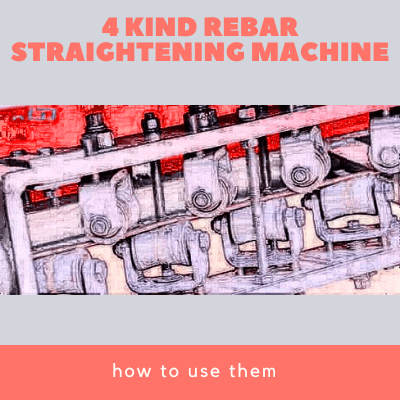
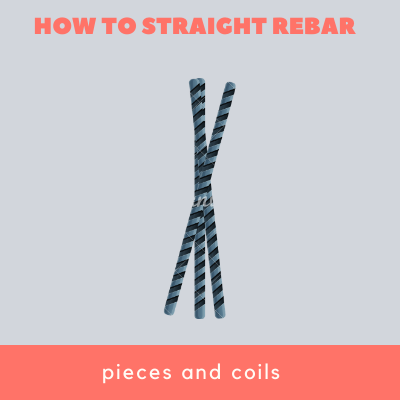
Leave A Comment